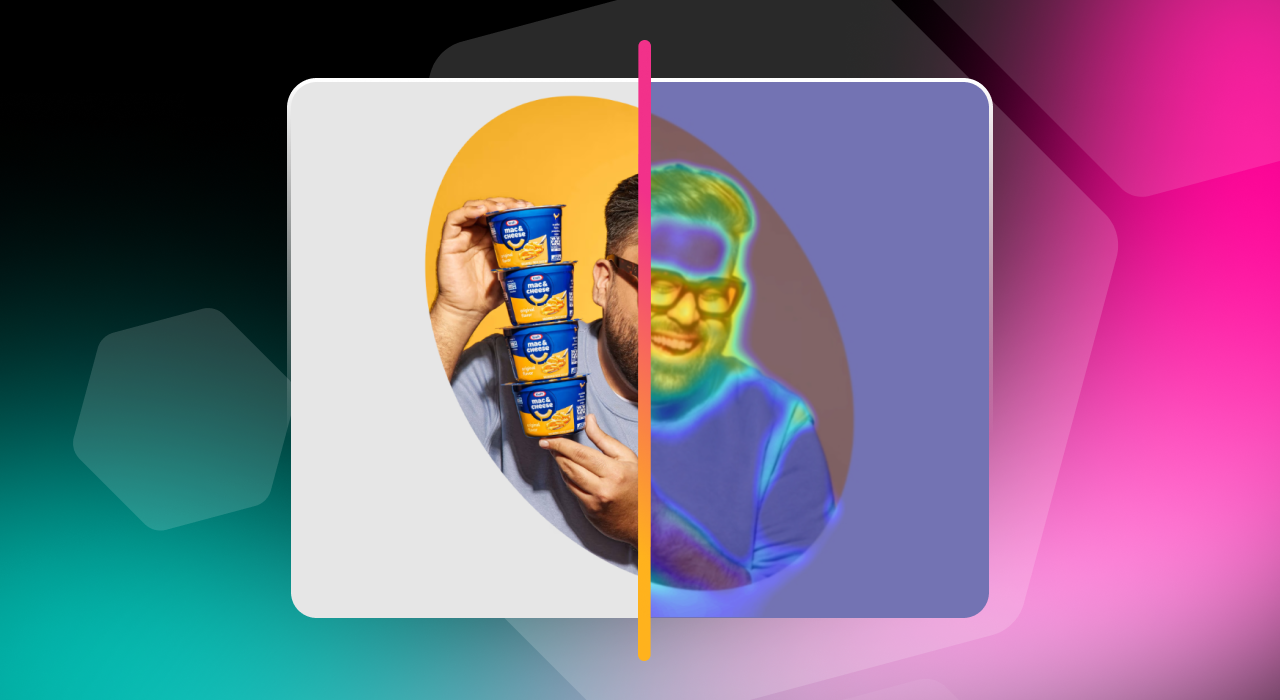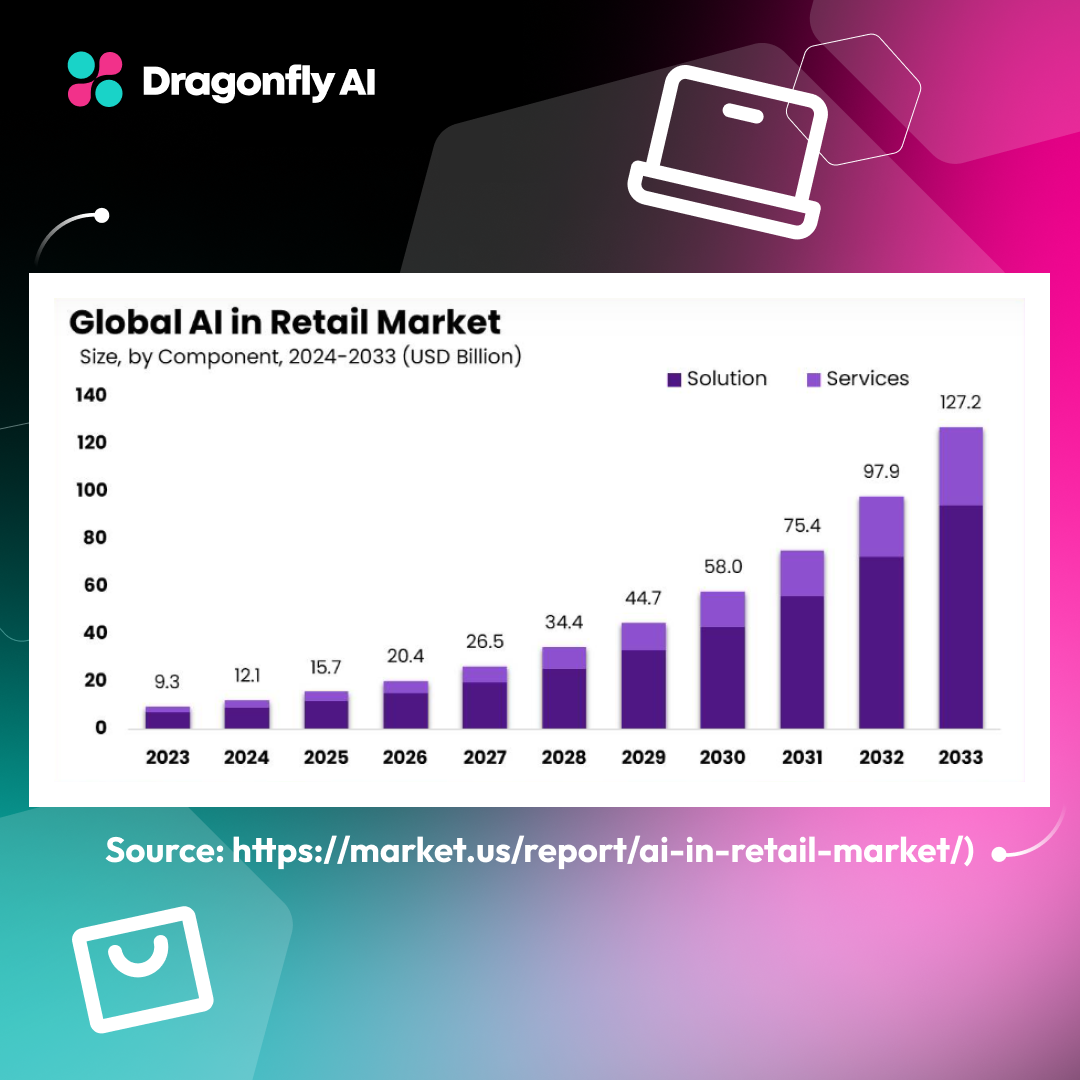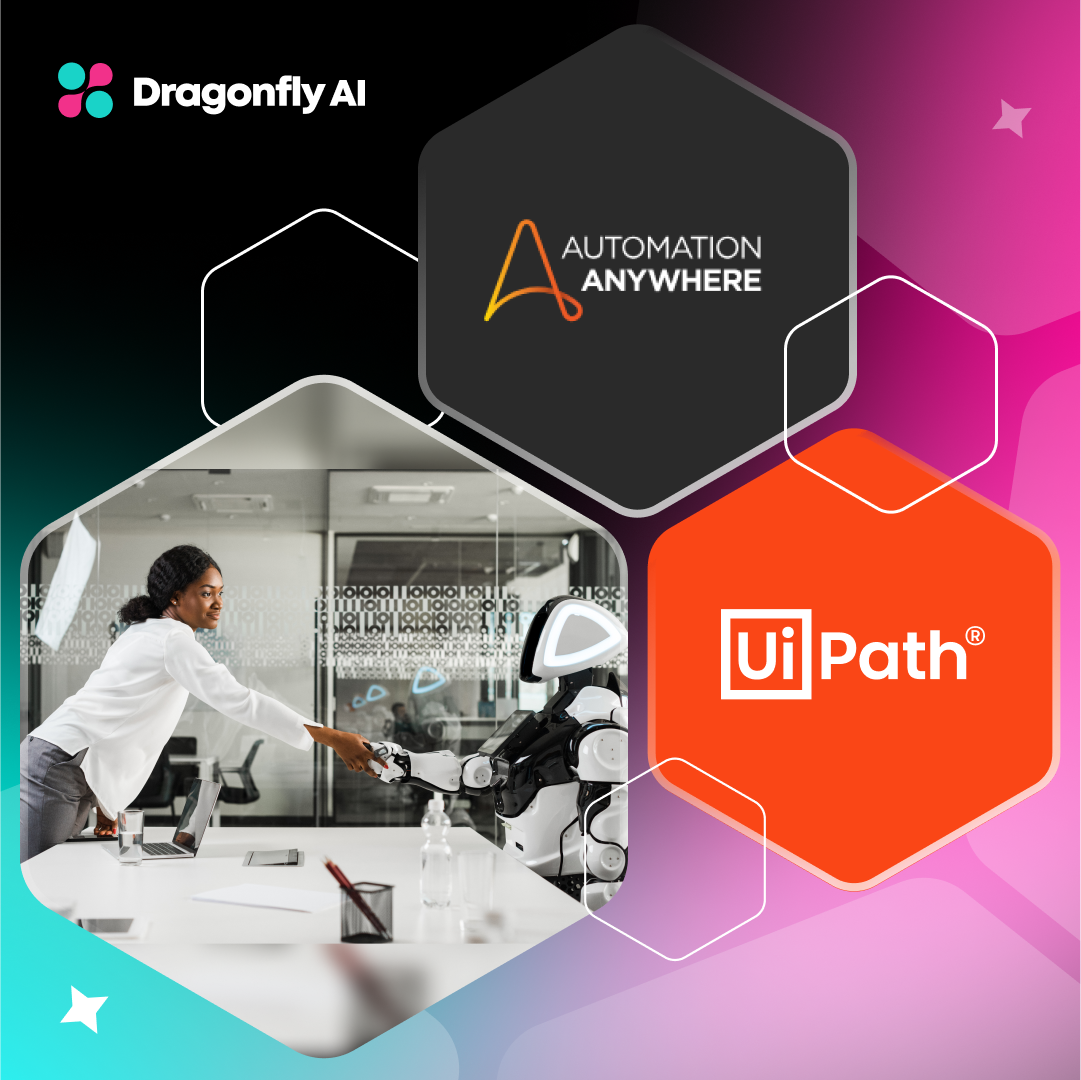The consumer packaged goods industry is locked in a perpetual flux of change, as technological advancements and shifting consumer behaviors continue to reshape the scene. For brands, adapting to these disruptive forces has never been more important. Maintaining a keen awareness of the latest trends and innovations is everything now, especially for driving growth and protecting market share in an always-evolving industry.
We pick the top trends and technologies shaping the CPG industry in 2025.
Artificial intelligence and predictive analysis
AI is helping CPG companies identify market signals and predict customer needs. Data-driven decisions have largely replaced guesswork in product development and inventory management.
The use of AI and machine learning
CPG companies need to keep up with what customers want, and AI helps them get it right. Instead of waiting for sales data to identify trends, AI reads signals from shopping patterns, social media, and market research to spot emerging shifts early and get ahead of the curve.
Most of the major CPG players have jumped on board. Recent McKinsey research shows 71% of CPG executives use AI somewhere in their business, way up from 42% last year. Half of them regularly use AI tools to generate new ideas and work faster.
Better inventory
Getting inventory levels right used to be a headache. Now, however, AI can spot patterns in sales data and helps companies stock the right amount of product. When demand changes, companies can quickly adjust their prices and run promotions that make sense for better revenue generation.
The consumer effect
Today's shoppers expect brands to understand them. Mass marketing and generic products are out, with people wanting experiences and offers that match their interests. When CPG companies get this right, the results are striking. Brands that excel at personalization grow about 10% faster than their competitors.
What good personalization looks like:
- Recommendations based on past purchases and browsing
- Promotions that arrive when customers actually need them
- Product bundles customized to individual preferences
- Loyalty programs that feel genuinely rewarding
- Marketing messages that reflect real shopping habits
Around 90% of customers will share their data with brands they trust to deliver personalized experiences. That's three times higher than those willing to share data for generic marketing. Some brands are already seeing favorable results. When Nike Hong Kong used AI to refine its customer targeting, website visits jumped by a third and conversion rates more than doubled.
But getting personalization right takes a whole lot more than collecting data. CPG companies need to balance privacy concerns with customer expectations, especially as third-party cookies disappear.
The most successful brands build direct relationships with customers through loyalty programs and their own sales channels, gathering the insights needed to create truly personal experiences.
Using blockchain for supply transparency
Blockchain is changing how CPG brands track their products and build trust with customers. By creating permanent digital records that can't be altered, blockchain lets companies show exactly where products come from and how they're made.
More transparency
When shoppers scan a QR code on packaging, for example, they can see the complete journey of that product, from original ingredients through manufacturing and shipping. Having this transparency is especially valuable for brands making specific claims about their products being organic or fair trade, since blockchain provides solid proof to back up these statements.
Better product safety
The technology is proving useful for product safety as well. During recalls, companies can quickly identify and remove specific batches. Blockchain also makes it much harder to sell counterfeit goods, since every legitimate product has a verified digital record.
Several major CPG companies have already adopted blockchain to track food items and baby products. As consumers increasingly demand proof of ethical and sustainable practices, this ability to verify claims has become essential.
-1.png?width=1280&height=700&name=Blog%20image%201%20(16)-1.png)
The Internet of Things (IoT) is only getting started
Connected devices and smart sensors are becoming standard in CPG manufacturing and packaging. The changes affect everything from factory floors to products sitting on store shelves.
What's happening in factories?
- Sensors track machine performance and flag maintenance needs before breakdowns
- Real-time monitoring helps manage inventory levels
- GPS and temperature sensors make sure products stay fresh during shipping
- Around 68% of CPG companies are investing in these smart systems
Smart packaging arrives
Connected packaging is moving beyond simple barcodes. New features include:
- Freshness indicators that show when food is about to expire
- NFC tags letting shoppers scan for product details and usage tips
- Automatic reordering when products run low
- Recycling instructions delivered straight to phones

These advances help both companies and customers. Factories run more efficiently and avoid costly shutdowns. Meanwhile, shoppers have access to fresher products and useful information right on their phones.
The packaging itself becomes a direct link between brands and customers, helping companies understand how people use their products while making things easier for consumers.
This mix of factory tech and smart packaging shows how CPG companies are using connected devices to improve their operations and create better customer experiences.
More augmented reality (AR) and virtual reality (VR) experiences
Shopping is becoming more interactive as brands use augmented and virtual reality to show off their products. What used to be a novelty is now a central part of how CPG companies market and sell.
AR adds digital magic
AR gives shoppers the opportunity to see products in real life before they buy. They can use their phones to check how makeup shades look on their face or visualize furniture in their home. Even food and drink brands use AR. For instance, when shoppers scan packaging, they get recipes, nutrition info, or fun animations.
VR creates deeper connections
Virtual reality takes shoppers behind the scenes. They can tour factories, visit farms where ingredients come from, or explore virtual showrooms. A coffee brand might use VR to show customers the exact farm where their beans grow, helping build trust and understanding.
The market for AR and VR shopping is expected to hit $50 billion this year. For CPG brands, these technologies help solve a common problem: how to let customers try products before buying. As younger, tech-savvy shoppers become the main consumer group, offering these digital experiences is becoming essential.
Sustainability and eco-friendly initiatives
When it comes to what consumers want, the push for eco-friendly products has gone from a nice-to-have into a must-have as far as CPG companies are concerned. Customers increasingly choose brands based on their environmental impact, particularly when it comes to packaging.
The numbers tell the story
Packaging creates more than a quarter of global plastic production, with nearly half being single-use. As a result, 70% of shoppers now prefer sustainable brands, a major change. One in three customers will pay up to 10% more for products with strong environmental credentials.
Big brands make big promises
Major companies are responding. Unilever aims to make all plastic packaging reusable, recyclable, or compostable this year. Many brands now offer refillable containers or concentrate refills, an option that appeals to 74% of consumers looking to reduce waste.
Beyond packaging
Sustainability extends past packaging. About 46% of shoppers consider a brand's overall environmental record when deciding where to shop. This includes looking at ingredients, carbon footprints, and labor practices. Companies that genuinely commit to sustainability build trust, while those caught 'greenwashing' face quick backlash from informed consumers.
-1.png?width=1280&height=700&name=Blog%20image%203%20(14)-1.png)
Shopping goes everywhere
Shopping for everyday products continues to evolve. Customers are increasingly combining the online and in-store shopping experience and expect brands to keep up with their preferences whether they're using their phone, talking to Alexa, or walking into a store.
New ways to buy
More than half of shoppers already switch between online and offline shopping. Big retailers are investing heavily here. For instance, when Walmart expanded its mix of online ordering and store pickup options, its e-commerce sales jumped 27% in late 2024.
Brands sell direct
CPG companies aren't just relying on stores anymore. Many now sell straight to customers through their own websites and apps. The U.S. direct-to-consumer market hit $200 billion in 2024. PepsiCo jumped in by selling snacks and pantry items on its own platform, letting it gather customer data and test new products without going through retailers.
Subscriptions take off
Regular deliveries of everyday items are booming. Customers like not having to remember to reorder essentials, while brands receive steady income and loyal customers. The subscription box market is growing fast, with nearly 18% yearly from 2024 to 2030. Companies keep subscribers interested by personalizing deliveries and adding surprise items.
Social shopping grows
Platforms like Instagram and TikTok now let people buy directly through posts and live videos. This year, social media is expected to drive over 10% of online sales. Younger shoppers especially find products through influencers and videos they can shop from instantly.
Shaping the CPG industry
In the next few years, the CPG industry will be reshaped by forces like AI product development, hyper-personalization via analytics, immersive digital product worlds, IoT-connected consumption experiences, and end-to-end blockchain traceability.
Established brands must whole-heartedly embrace these disruptive technologies and an innovation mindset in order to thrive and get ahead. Continuous reinvention will help drive growth and captivate modern consumers.


-1.png?width=1280&height=700&name=Blog%20image%201%20(16)-1.png)

-1.png?width=1280&height=700&name=Blog%20image%203%20(14)-1.png)
